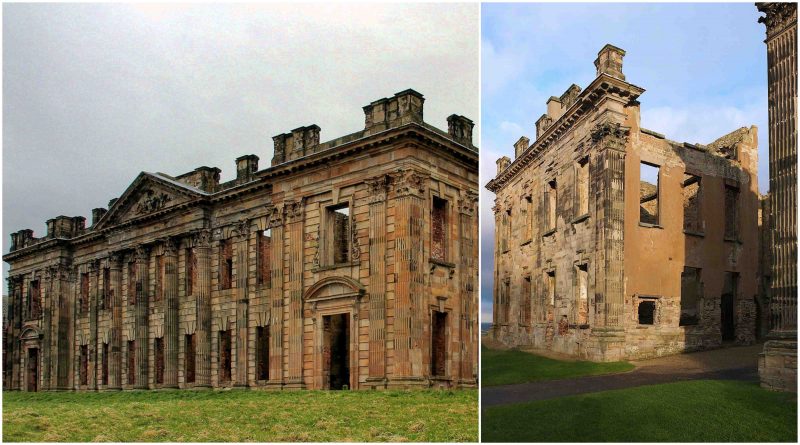Sutton Scarsdale Hall is a Grade 1 listed Georgian ruined stately home in Sutton Scarsdale, just outside Chesterfield, Derbyshire. The original Hall formed part of a Saxon estate owned by Wulfric Spott, who died in 1002 and left the estate to Burton-on-Trent Abbey.
In the Domesday Book, the estate was owned by Roger de Poitou. In 1225, the Lordship of Sutton-in-the-Dale had been given by King Henry III to Peter de Hareston, but by 1401, it had been purchased by John Leke of Gotham.
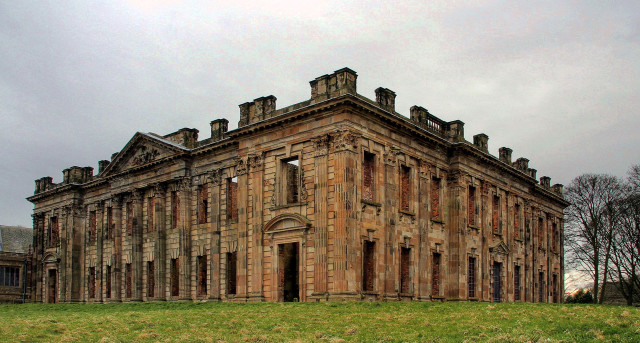
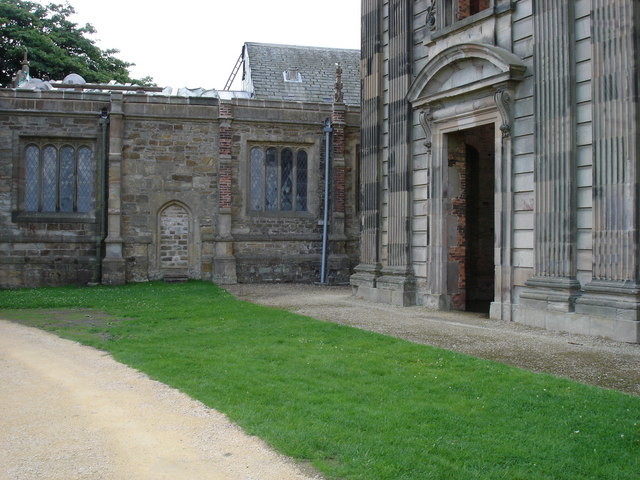
A later John Leke was made a knight by King Henry VIII. His son Francis Leke was created a Baronet by King James I in 1611, and elevated to Earl of Scarsdale by King Charles I in 1640.
When the English Civil War broke out, Leke joined the Cavaliers and the Hall’s structure was, strengthened, particularly so with Bolsover Castle on the opposite hillside swearing loyalty to theRoundheads.
When a Parliamentarian force of 500 men led by Sir John Gell surrounded the estate, Leke resisted until the house was stormed and he was taken, prisoner.
With the estate seized by Oliver Cromwell’s forces, after the end of the war, a forfeiture fine of £18,000 was levied and paid for Leke’s support of the imprisoned King Charles.
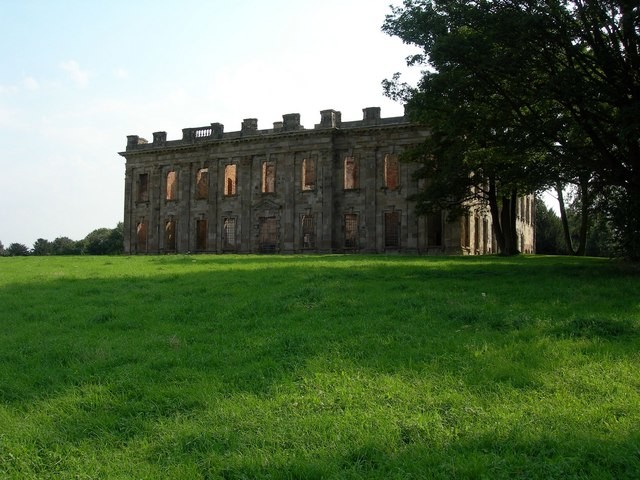
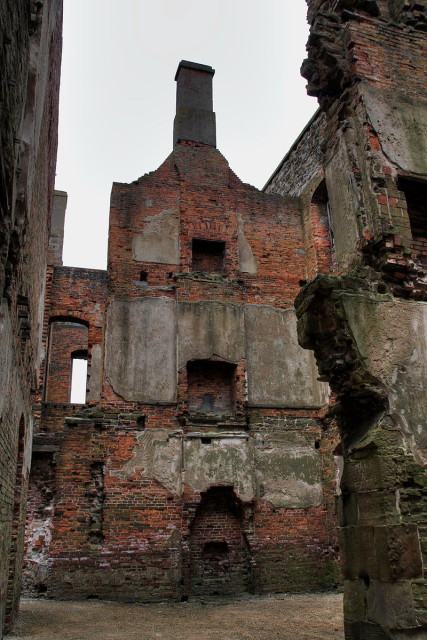
The existing structure is believed to be the fourth or fifth built on the site. In 1724, Nicholas Leke, 4th Earl of Scarsdale commissioned the building of a design by architect Francis Smith, to develop a Georgian mansion with gardens, using parts of the existing structure.
On a scale and quality with Chatsworth House, internally it featured both oak ornamental panels and stucco plasterwork by Italian craftsmen Francesco Vassalli and the brothers Giuseppe and Adalberto Artari; carved Adamesque fireplaces in both marble and Blue John, and a carved mahogany staircase.
Following the death of the 4th Earl, Member of Parliament Godfrey Bagnall Clarke purchased the estate in 1740. After his death in 1774 the Marquis of Ormonde then gained ownership by marriage, and after his death in 1824, Richard Arkwright Junior of Cromford Mill fame, became the owner.
William Arkwright of Sutton Scarsdale was High Sheriff of Derbyshire in 1890.
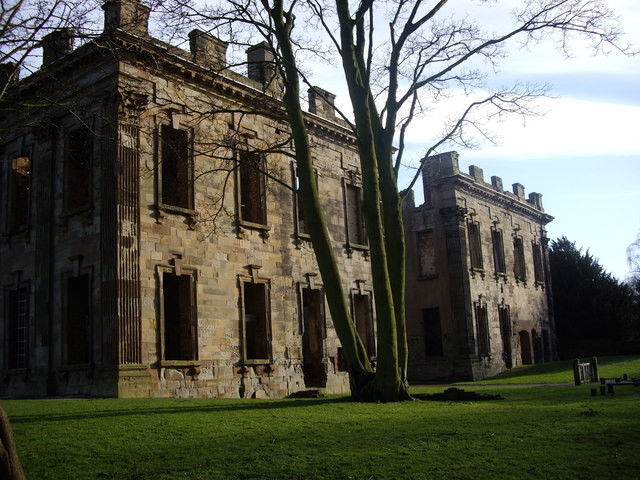
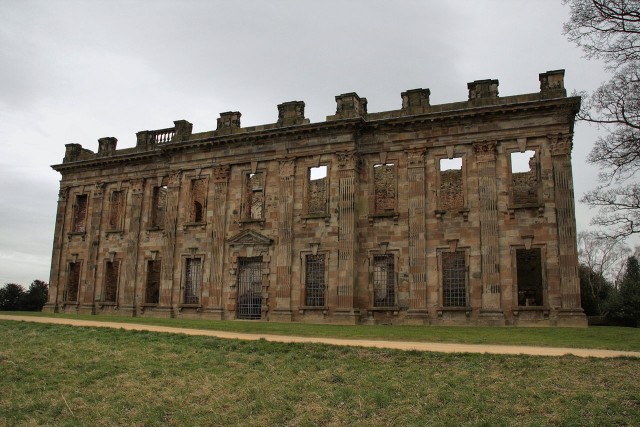
Richard Arkwright Junior (1755-1843) bought Sutton Scarsdale Hall in 1824. He was the son of Sir Richard Arkwright who invented the water frame and had a major involvement in the cotton industry.
Richard had his father’s business acumen and prospered in cotton. When he was about 25 he bought the Manchester mill in Millers’ Lane and entered into a partnership with the Simpson brothers.
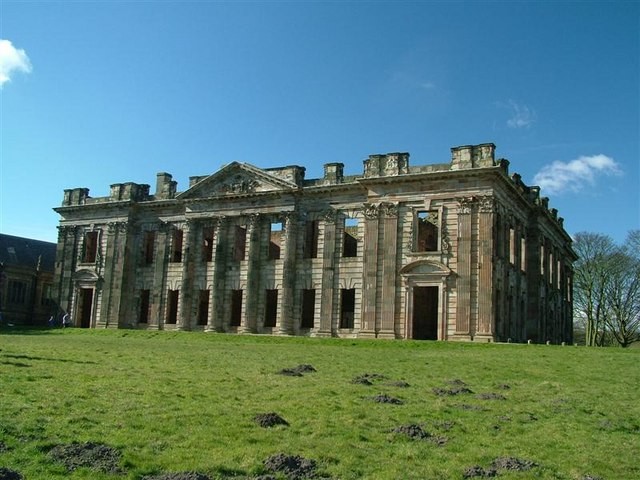
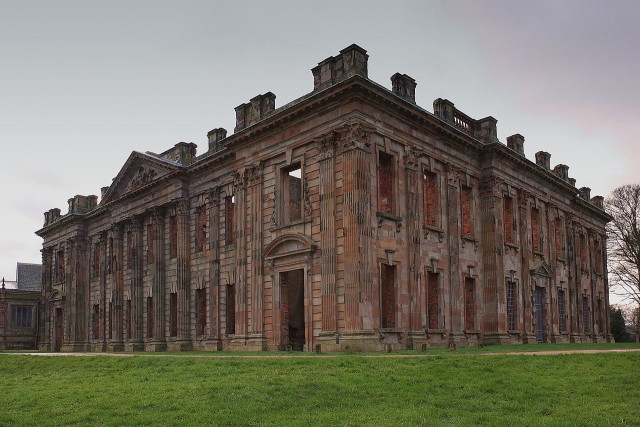
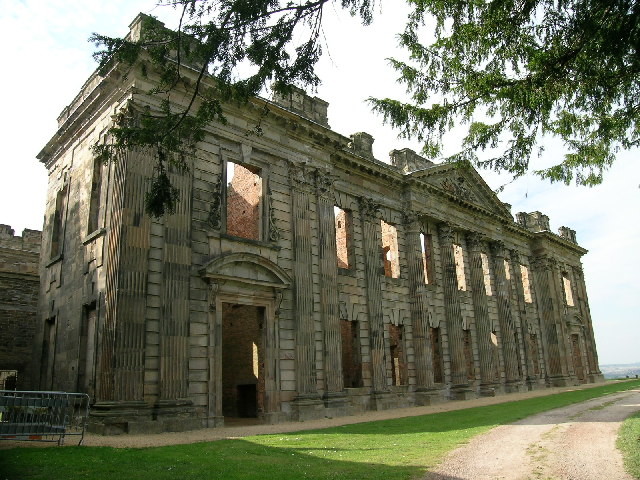
In 1780, he married Mary Simpson and over the next two decades the couple had eleven children, six boys, and five girls.
When Richard’s father died in 1792 he inherited a large part of his estate, and at this point he decided to dispose of most of his cotton mill interests and concentrate on property and banking.
In this sphere, he amassed a very large fortune and when he died in 1843 he was said to be the richest commoner in England.
After his death his son Robert Arkwright (1783-1859) inherited Sutton Scarsdale Hall. In 1805 much to his family’s dismay Robert married the actress Frances Crawford Kemble (see picture at left), part of the famous theatrical family.
His elder brother Richard wrote a letter to their father shortly after the marriage expressing his hope that the marriage was not legal and saying that Robert will “soon repent of not following the advice of you and Mother”.
However, the family did not need to worry about Robert’s choice of wife as Frances became a charming hostess and soon made friends in the aristocracy.
She was a gifted writer of music and many of her songs are still available today. Her aunt was the famous actress Sarah Siddons and she often dined with Robert’s parents when they were in London.
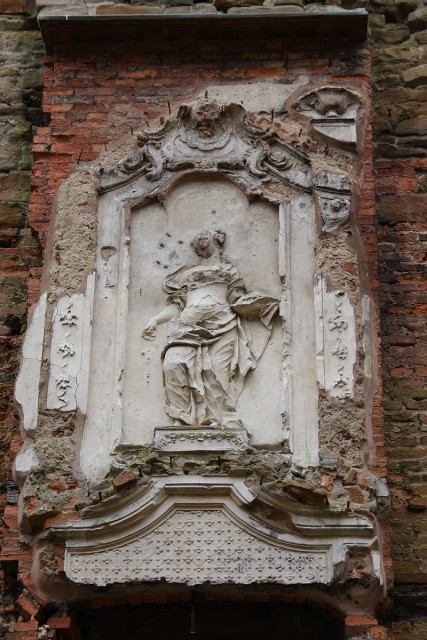
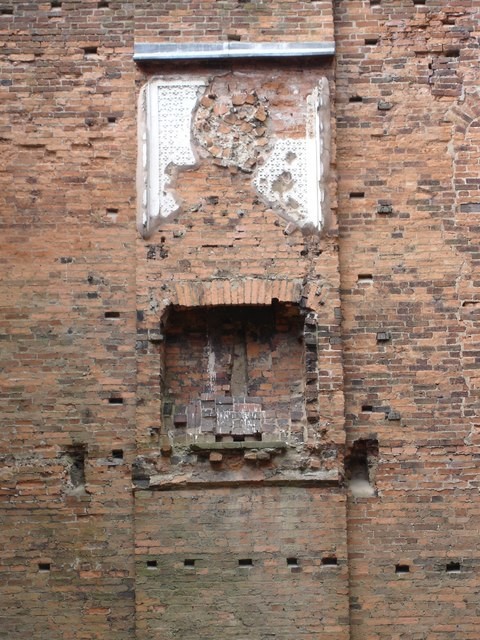
When Robert died in 1859 Sutton Scarsdale Hall was inherited by his son, the Reverend Godfrey Harry Arkwright. Godfrey was born in 1814 and educated at Eton and Trinity.
He was married twice, first to Frances Rafela Fitzherbert who died in 1856 and then to Marian Hilary Adelaide Pellew. He had three children to each wife, four boys, and two girls. His eldest son was Francis Arkwright and it was he who inherited Sutton Scardale when his father Godfrey died in 1866.
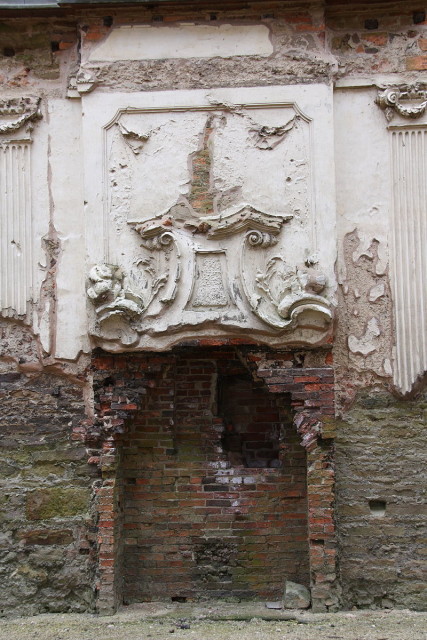
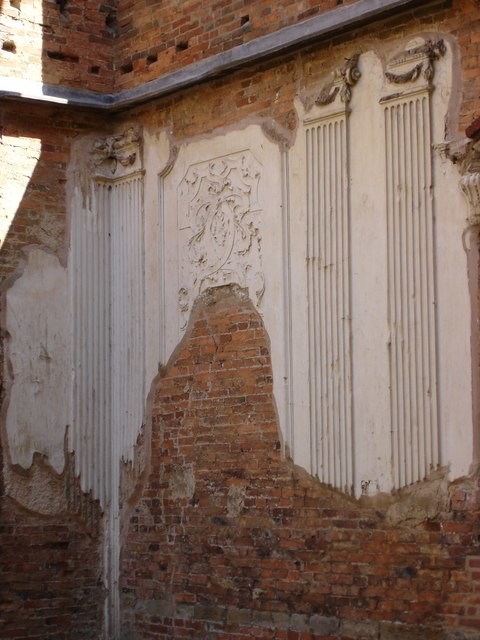
Francis Arkwright was born in 1846 and was educated at Eton. In 1868, he married Louisa Milbank who was the daughter of Mr. Henry Milbank and Lady Margaret Milbank.
Unfortunately, his wife died in 1873. They had only one daughter. He later married Evelyn who was the daughter of William, 3rd Viscount of Sidmouth but they had no children.
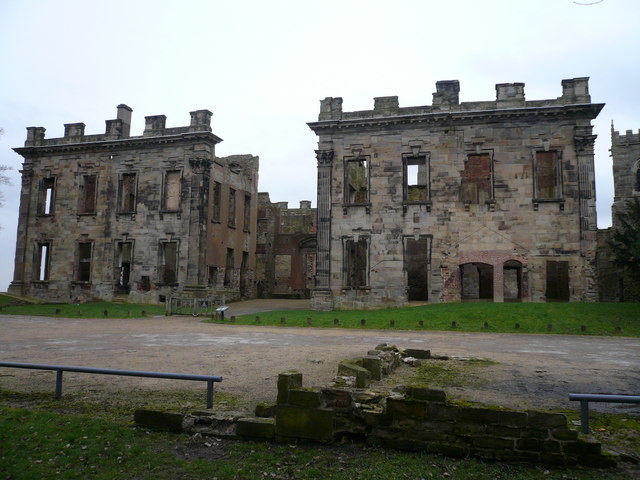
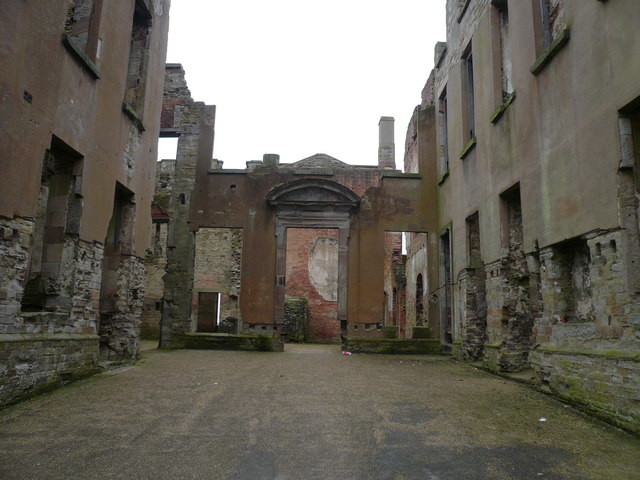
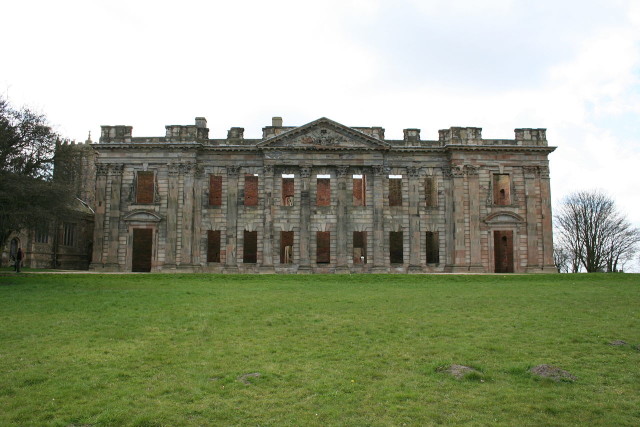
Sutton Scarsdale Hall.SourceIn 1874, Francis became a Member of Parliament a position he held until 1880. In 1882, he emigrated to New Zealand and about this time he left Sutton Scarsdale Hall in the care of his cousin William Arkwright.
William inherited the property when Francis died in 1915 as Francis had no male heir.
William Arkwright was born in 1857. His father was Major William Arkwright and his mother was Fanny Susan Thornewill. In 1884, he married Agnes Mary Somers Cocks who was the daughter of the Hon. John James Thomas Somers Cocks.
William was very interested in breeding dogs and wrote a book titled “The Pointer and His Predecessors”.
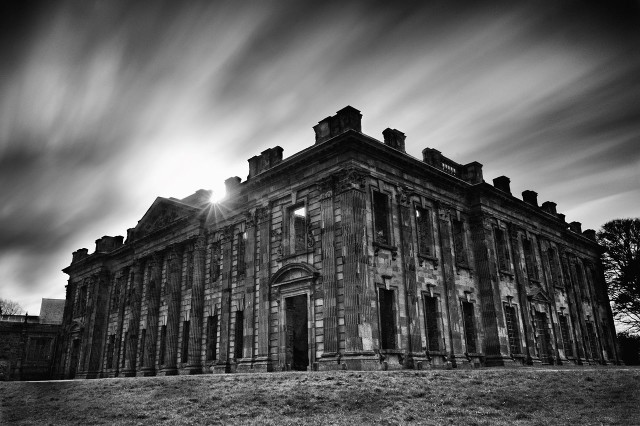
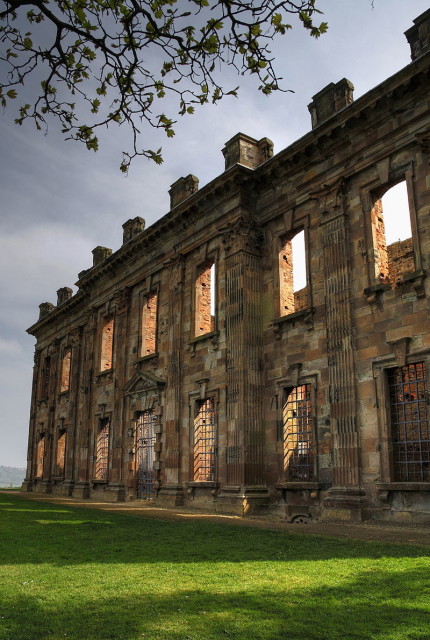
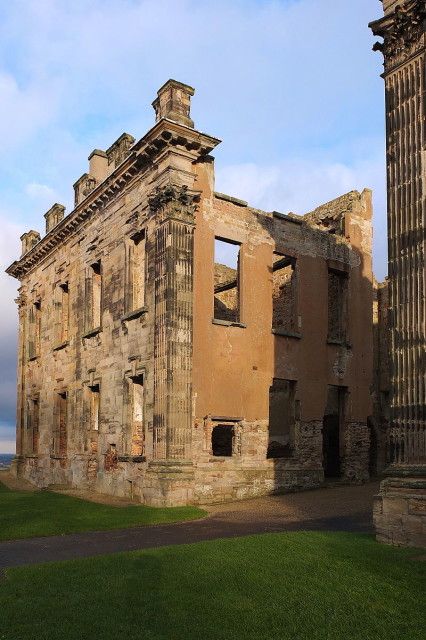
After many years of neglect, in November 1919 the estate was bought by a group of local businessmen who asset-stripped the house; this went as far as removing the roof in 1920.
Some parts of the building were shipped to the USA, where one room’s oak panelling was bought by newspaper baron William Randolph Hearst, who planned to use it at Hearst Castle. After many years in storage in New York, Pall Mall films bought the panelling for use as a set in their various 1950’s productions.
Another set of panels is now resident at the Philadelphia Museum of Art. In 1946, the estate was bought by Sir Osbert Sitwell of Renishaw Hall, with the intention of preserving the remaining shell as a ruin. Scarsdale Hall is now in the care of English Heritage and is freely accessible to visitors
